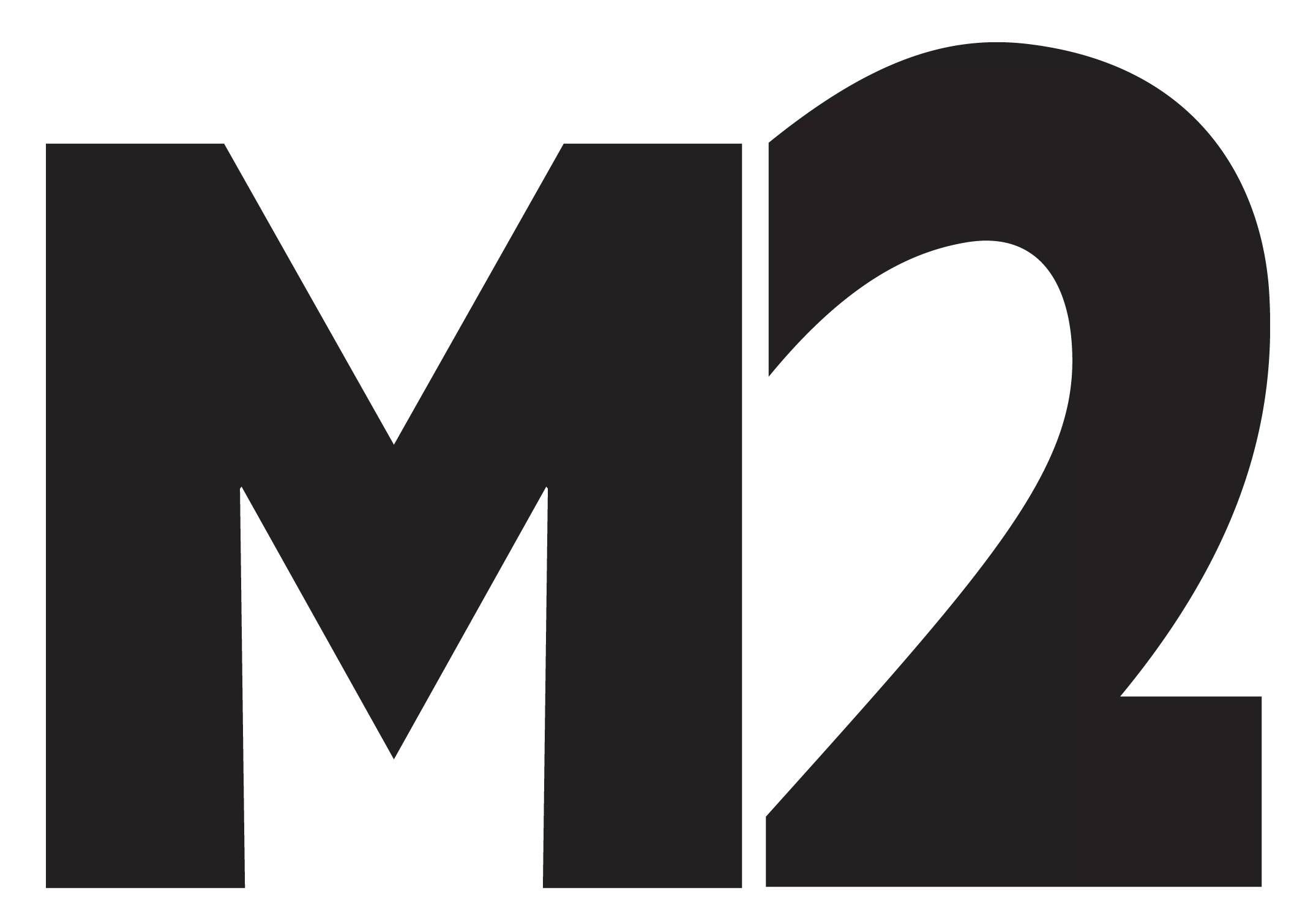Tesla Looks To Put ‘Self-Driving’ Into Action, But Not How We Might’ve Once Imagined
At one point, self-driving cars seemed destined to become the future of driving. After all, it feels like an obvious and important step in worldwide transition towards automation in just about every possible industry, particularly given how many lives are lost behind the wheel around the world due to human error. However, the transition has proved far more complex than what might have once seemed like a straightforward switch and recent developments from Tesla might be an indication of how the technology will be employed in the future.
Despite what the name might suggest, Tesla’s Full Self Driving (FSD) system is a far less comprehensive system than the masses might’ve imagined when the concept of self-driving cars was first conceived. When measured by SAE International’s Levels of Driving Automation metric, the features of Tesla’s FSD system only qualifies as a Level 2 of five possible levels, which offers a fairly clear indication that we’re talking about a ‘light-touch’ approach to self-driving. The system doesn’t take the wheel out of the hands of the driver seat occupiers, instead, it offers a collection of features designed to make subtle adjustments that support the driver and ensure a safer driving experience, such as speed control and object detection. It’s important to note that the system requires the driver to remain in full control over the vehicle at all times and in no way operates as a replacement for manual human driving. Tesla had previously declared its intentions to develop and release a software that would fall under SAE’s Level 5 guidelines, making it fully safe-driving program, but it appears that this initial optimism may have been premature.
Tesla’s rollout plan for the current program, FSD beta 10.2, was designed to put the technology to use in the vehicles of its safest drivers, as determined by an in-house Safety Score beta. FSD would first be made available to drivers who had accrued a 100/100 score. These scores are generated by a built-in system which judges drivers on their performance and penalises them for perceived bad driving habits, such as late breaking. The Safety Score Beta has itself been criticises by Tesla drivers, who feel the tech lacks the contextual awareness to effectively and fairly evaluate their driving. This is an issue that critics of the entire concept of self-driving cars have often led with and it would appear that Tesla’s current work will not be doing much to quell those concerns. While putting the new tech in the hands of those who have to strongest track record of safe driving appears on the surface like a logical decision, it does raise the question of who is supervising who in this relationship, if Tesla does not yet trust implementing the technology in the cars that, in theory, are in most need of it. The rollout was scheduled to begin on Saturday, but it was announced in tweets by CEO Elon Musk that it would be pushed back by a few days due to “a few last minute concerns”. The rollout has since begun trickling out, so we now eagerly await the first run of feedback from Tesla drivers.
Whatever version of the Full Self Driving system has made its way into Tesla’s this week, it appears it will be a far cry from the vision of ‘drivers’ being able to kick their feet up on the dash while their automated chauffeur carries them home after a big night. Whether that’s for better or worse will be up to the person behind the wheel to decide, but given the trouble that a massive, groundbreaking company like Tesla have had even getting the software ready for consumer use might be a sign that we still have a ways to go before the technology becomes a mainstream fixture in our lives.

